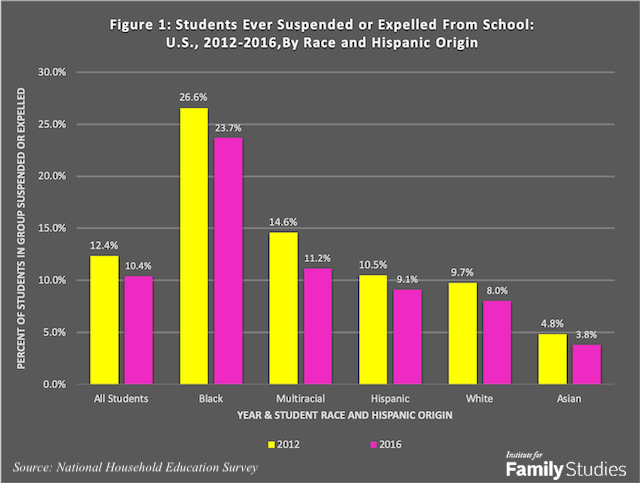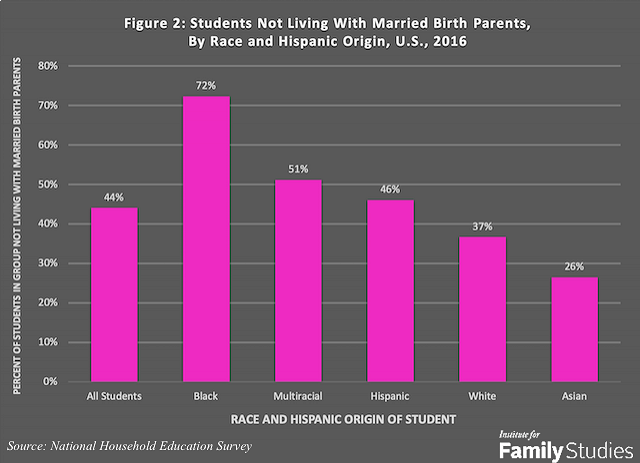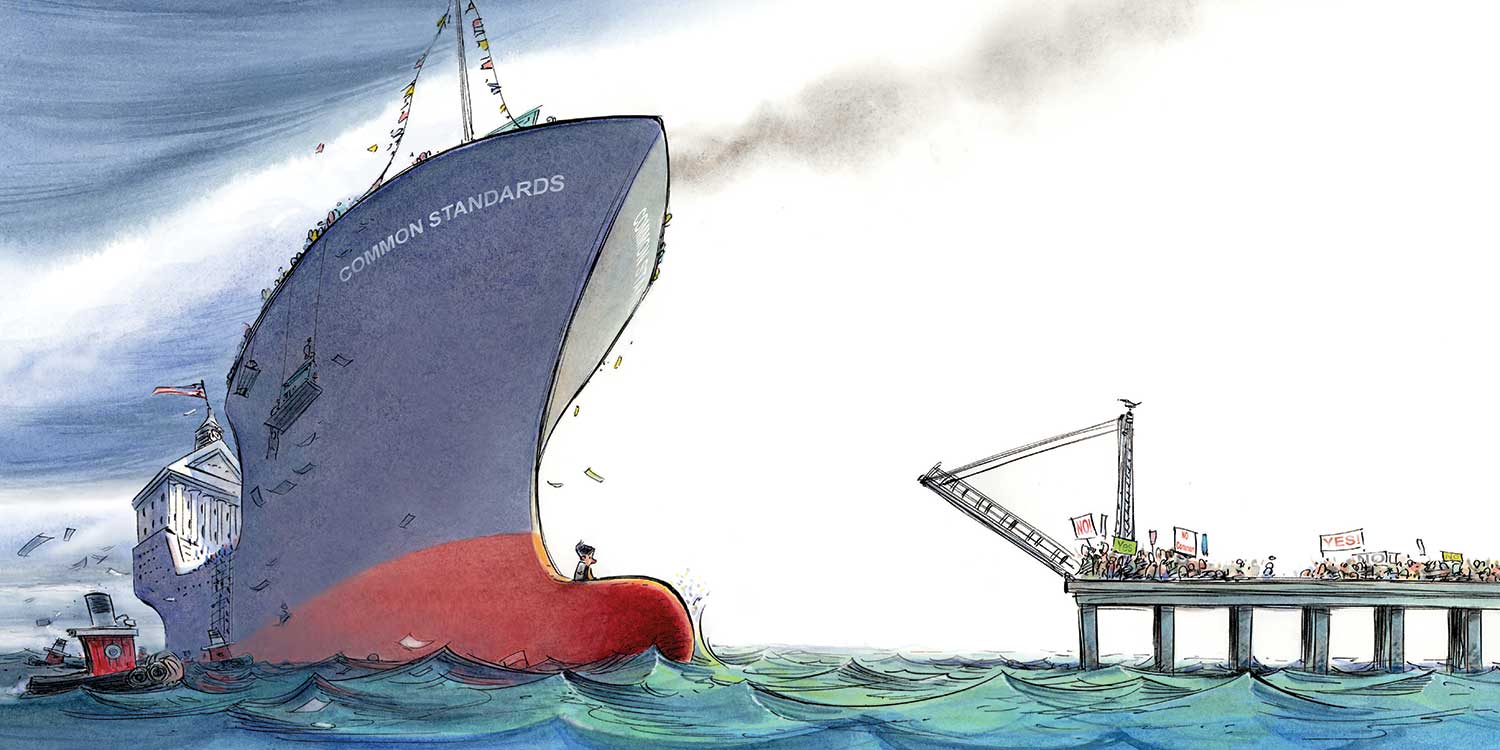The last subject I wanted to turn my attention to in my civic issues blog is the racial discrepancies among suspension rates in our education system. A study based on data from 2015 to 2016 by the Center for Civil Rights Remedies found that per 100 students, black children lost an approximate 103 days of schooling as compared to 21 days for white students. This rate was also higher for black boys, with an estimated 132 days for boys and 77 for black girls.

These findings are significant, and highlight the fact that these statistics are often much more disproportionate on the state level as compared to national statistics. In some states, such as Missouri, black students lost up to 162 more days of instruction than white students. This effect is not just limited to black students; in New Hampshire Hispanic students had 72 less days of schooling due to suspensions and in North Carolina students of Native American origin were removed from school for an average of 102 more days than their white counterparts.
Explanations for this phenomenon are caused by a number of factors, including inherent biases, socio-economic factors, and family structure.
There is a notable relation between family environments and suspension rates. Black children who shared a home with married biological parents had a suspension rate estimated at 12%, as compared to 28% for black children that did not live with both parents. Using this model, the racial discrepancies in suspension rates were reduced 55% as compared to only 38% when solely accounting for socio-economic causes. This explanation might correlate with the racial gap concerning suspension, as it was found that black students are 72% more likely to live separately from their birth parents as compared to 37% of white students.

This is significant because suspension has serious implications on future behavioral issues as well as dropout rates. Recurring suspensions additionally set a precedent for future crime rates. Less schooling can mean a higher chance of future run-ins with the crime as well as less job opportunities. Some have described this as the “school-to-prison pipeline”, wherein punishments at school can lead individuals closer to their first experience with the criminal justice system. In some cases, an individual’s first arrest can even occur at school, therefore involving them in the justice system.
Furthermore, students are two times as likely to be apprehended during a time period that they are suspended from school. With suspension rates up more than 10% since the early 2000’s, it is easy to see how this can create a serious issue regarding racial disparities within the criminal justice system. It is important to target this at the source by implementing strike policies and other programs that treat suspension as what it should be: a worst case scenario. Overall, it is important to consider the lasting implications of suspension before condemning a student from time away from important education time.

